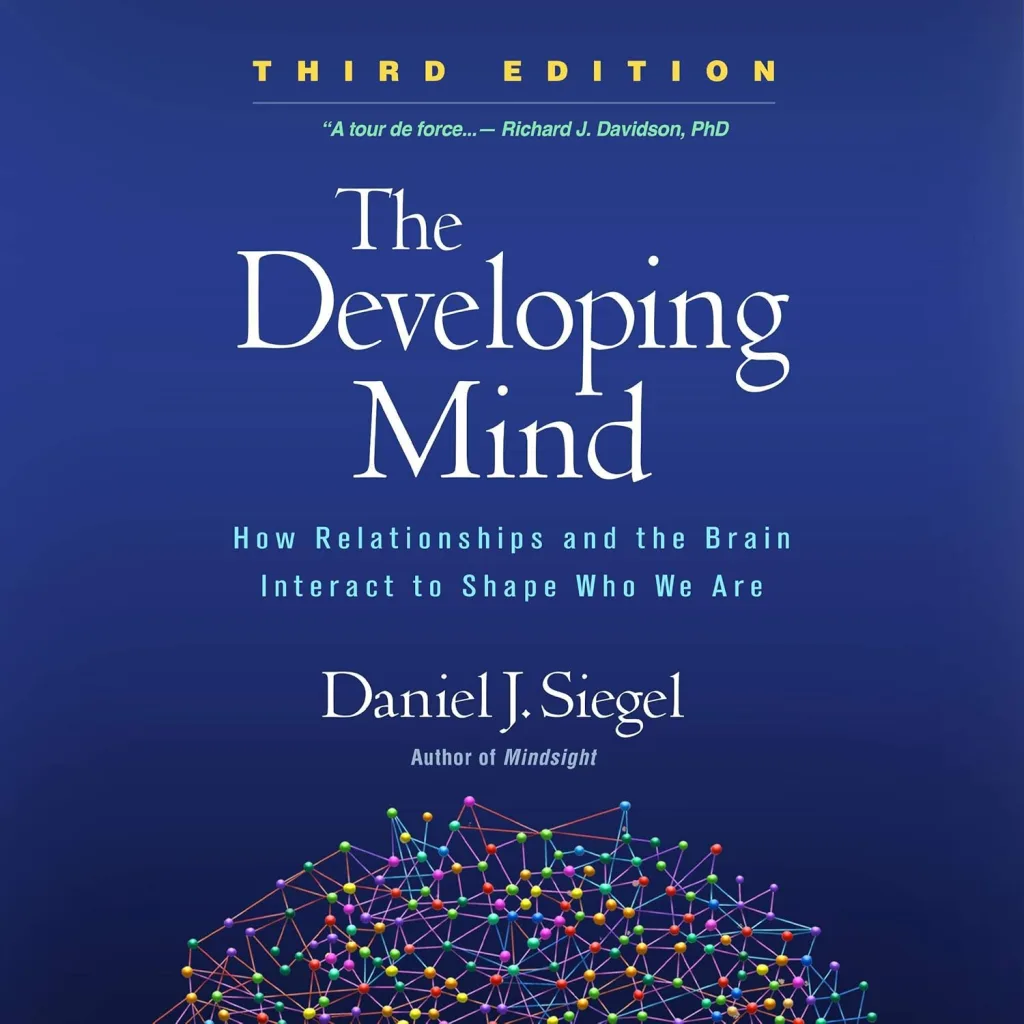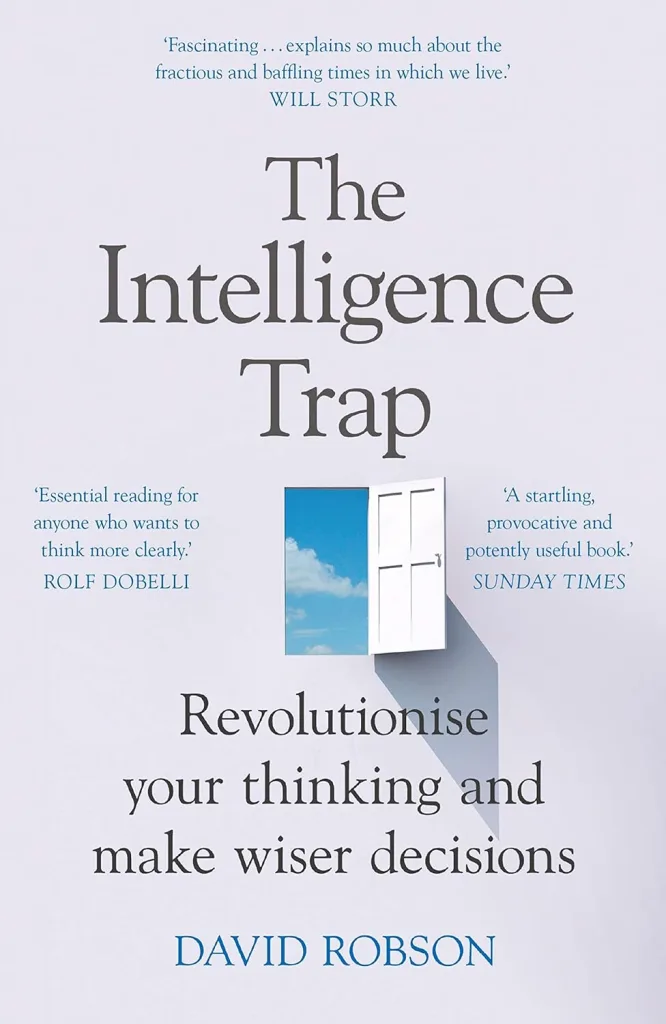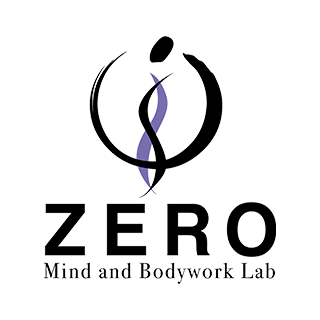Introduction
Hello, My name is Hidefumi Otsuka and I am providing Rolfing session in Shibuya, Tokyo.

Overview of the 7-Part Series
In this series, I explored how two seemingly different practices—Rolfing and CTI’s Co-Active Coaching—each address the shared theme of transformation through seven distinct lenses:
- Neutral and Presence
- The Four Cornerstones
- The Three Principles and the Rolfing Ten Series
- The Process Between Sessions
- The Quality of Relationship and Session Structure (Designed Alliance / Right Relationship)
- Skill Comparison (CTI’s Five Core Skills and Rolfing Techniques)
- Integration and Summary
While each article can be read independently, reading them as a whole offers a multifaceted view of transformation through four core perspectives: touching, questioning, listening, and being.
Similarities: Different Methods, Same Way of Being
Rolfing uses the body as its medium.
Coaching uses language and dialogue.
Yet both are rooted in the following foundational principles:
- Trust in the client’s innate resources
- Change is not something we cause, but something we support to emerge
- Presence and relationship are at the heart of transformation
In this sense, both the Rolfer and the coach are not “doers,” but rather space-holders—people who are willing to be fully present with the client.

Neuroscientist and psychiatrist Daniel J. Siegel writes in The Developing Mind (3rd ed.):
“Integration creates a flexible, adaptive, coherent, energized, and stable (FACES) flow of energy and information.”
— Daniel J. Siegel, The Developing Mind (3rd ed., 2020)
This view affirms the shared intention of both Rolfing and CTI: to guide the client from fragmentation to integration—whether through physical structure or internal experience.

Meanwhile, David Robson, in The Intelligence Trap, argues that intelligence is not simply about IQ, but rather about adaptability and the capacity to self-correct:
“Intelligent people can be blind to their own flaws if they lack the metacognitive skill to question their assumptions.”
— David Robson, The Intelligence Trap (2019)
This underscores a truth central to both Rolfing and CTI: in the context of transformation, what matters most is not what we know, but how open we are.
Summary of 7-Part Series
Part 1: Neutral and Presence
- Neutrality = deep engagement without manipulation
Presence = a quality of being that affects the entire field
Part 2: The Four Cornerstones
- People are inherently creative, whole, and always evolving
Rolfing also sees the body as a field of order and possibility
Part 3: The Three Principles and the Ten Series
- Fulfillment → Sleeve
- Balance → Core
- Process → Integration
Part 4: The Process Between Sessions
- CTI makes “Forward” explicit and turns awareness into action
Rolfing trusts the transformation that arises in spaciousness
Part 5: Relationship and Session Structure
- CTI explicitly designs relationships through dialogue (Designed Alliance)
Rolfing builds trust through nonverbal touch (Right Relationship)
Session flow: CTI = Design → Explore → Forward
Rolfing = Sleeve → Core → Integration
Part 6: CTI 5-Skills Comparison
- Listening, Intuition, Curiosity, Forward/Deepen, Self-Management
Each has a corresponding Rolfing-based touch or mode of presence, with examples provided
Bridging Language and the Body, Dialogue and Touch
This series has revealed that, beyond differences in tools and form, Rolfing and CTI share a common philosophical foundation.
- Coaching is a verbal path to embodiment
- Rolfing is a non-verbal conversation with the body
At the intersection of the two lies a shared value system:
| Shared Essence | Coaching (Language) | Rolfing (Somatic) |
|---|---|---|
| Presence | Deep listening, silence, being-with | Listening touch, holding space |
| Letting go of agenda | No fixing, allowing emergence | Right action, resonance |
| Trust in client | Faith in the client’s resources | Trust in somatic self-organization |
Who Benefits from Coaching or Rolfing?
Throughout this exploration, a natural question emerged: Which approach is right for me, right now?
Here are some guiding suggestions:
Coaching may be more appropriate if you…
- Want to clarify internal thoughts and emotional patterns
- Seek direction in career or relationships
- Desire to deepen self-connection through conversation
- Are ready to translate awareness into new actions
Rolfing may be more appropriate if you…
- Struggle with somatic discomfort or tension that defies language
- Want to change posture, movement, or breathing
- Seek to experience deep relaxation or presence
- Want to access your “being” through body awareness
For many people, the most valuable approach may be flexibility—tuning in to what you need now, and being open to using both practices complementarily.
Final Reflections: We Change Not Only Through What We Do, But Through the Space We Share
Transformation is an integrated experience of intention and action, perception and feeling, thought and structure.
To support that, what we most need is not technique—but a way of being.
✨ To touch is to be with
✨ To question is to listen to the soul
I hope this seven-part series serves as a bridge between language and the body, inner and outer, doing and being.
References
- Henry Kimsey-House, Karen Kimsey-House, Phillip Sandahl, & Laura Whitworth (2018). Co-Active Coaching: The Proven Framework for Transformative Conversations at Work and in Life (4th ed.). Nicholas Brealey.
- Jeff Maitland (2017). Embodied Being: The Philosophy and Practice of Manual Therapy. North Atlantic Books.
- Dr. Ida Rolf (1977). Rolfing: Reestablishing the Natural Alignment and Structural Integration of the Human Body for Vitality and Well-Being. Healing Arts Press.
- Daniel J. Siegel (2012). The Developing Mind: How Relationships and the Brain Interact to Shape Who We Are(2nd ed.). The Guilford Press.
- David Robson (2019). The Intelligence Trap: Why Smart People Make Dumb Mistakes. W. W. Norton & Company.

